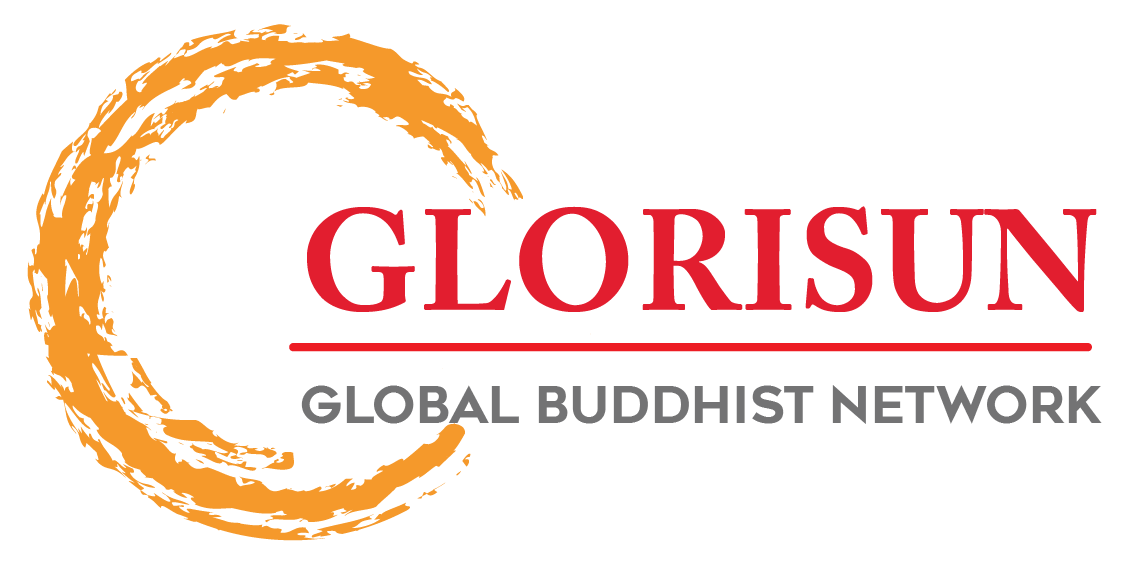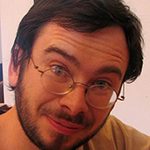

The Glorisun Global Network for Buddhist Studies @ UBC, with the administrative support from the UBC SSHRC partnership grant project FROGBEAR (From the Ground Up: Buddhism & East Asian Buddhism), proudly presents a lecture by Professor Vincent Goossaert – Professor of Daoism and Chinese Religions, Ecole Pratique des Hautes Etudes
Abstract:
Scholars of Daoist history agree that the origins of the modern Daoist liturgy and clerical organization can to a large extent be found in the Church of the Heavenly Master, Tianshidao 天師道, reputedly established by the mid-second century in Sichuan by Zhang Daoling 張道陵. In 142 CE, according to Daoist tradition, Zhang was visited by Taishang laojun 太上老君 who named him his vicar on Earth with the title of tianshi 天師, Heavenly Master. The dispensation articulated an eschatological vision of saving the initiates – the pure, destined to become immortals, separated from the doomed – through enforcing a strict moral code and rejecting the blood sacrifices to dead humans common in the society around them. Gradually during the medieval and Tang periods, the parishes of the Tianshidao transformed, becoming one among several overlapping types of local communities, either territorial or associational, rather than close-knit ‘sectarian’ groups in tension with the outside environment; in the long run, their priests came to serve the temples of local saints and to negotiate their relationship with spirit mediums, Buddhists, and other specialists. This clergy, however, maintained its theological and spiritual allegiance to the Tianshidao and its now divinized founder, Zhang Daoling. Under evolving forms, the religion created as Tianshidao has never ceased to be a central element of Chinese society.
Later hagiography has it that Zhang Daoling’s great-grandson, putatively the fourth Heavenly Master, moved to a distant location, Longhushan 龍虎山 (Dragon and Tiger mountain, in what is now Jiangxi province), where Zhang Daoling was said to have once practiced self-cultivation. There, the Zhang family settled and transmitted hereditarily the function of Heavenly Master, discreetly at first, for five centuries, and more and more publicly from the late Tang onwards. Historical sources document the seemingly reliable genealogy from about the 20th generation (ninth century) to the present contested 65th Heavenly Master living in Taiwan. Over at least twelve centuries, the Zhangs have turned Longhushan into a major holy site, a household name in the Chinese world, and a large administrative center for the bureaucratic management of Chinese society. They gradually built what Dr. Goossaert calls the Heavenly Master institution, composed of a sacred site (Longhushan); an institutional innovation – the patriarchal line of successive Heavenly Masters wielding vast monopolistic powers to ordain and grant salvation –; a Zhang lineage that nurtured talent and accumulated wealth; and a bureaucratic apparatus made of temples, training centers, and a clerical hierarchy that worked for its continued success. So well-designed was this institution that it remained basically stable for over a millennium, far outliving the longest imperial dynasties.
The talk will outline a history of this institution, from its roots in the early Tianshidao church, to the emergence of the Longhushan Zhangs and their progressive rise to the nexus of Daoist bureaucracy and its ramifications in every city and village of imperial China. It will focus on explaining how and why this new type of religious bureaucracy developed in its spatial and historical context: the transition from aristocratic medieval society to early modern China and its southward expansion.
About the Speaker:
 Vincent Goossaert obtained his Ph.D. at EPHE, Paris (Ecole pratique des hautes études, 1997), was a research fellow at CNRS (1998-2012) and is now Professor of Daoism and Chinese religions at EPHE, PSL, and dean of its graduate school (2014-2018). He has been Visiting Professor at the Chinese University of Hong Kong, Geneva University, and Renmin University. His research deals with the social history of Chinese religion in late imperial and modern times. He is co-editor of T’oung Pao, a leading journal in sinology established in 1890.
Vincent Goossaert obtained his Ph.D. at EPHE, Paris (Ecole pratique des hautes études, 1997), was a research fellow at CNRS (1998-2012) and is now Professor of Daoism and Chinese religions at EPHE, PSL, and dean of its graduate school (2014-2018). He has been Visiting Professor at the Chinese University of Hong Kong, Geneva University, and Renmin University. His research deals with the social history of Chinese religion in late imperial and modern times. He is co-editor of T’oung Pao, a leading journal in sinology established in 1890.
